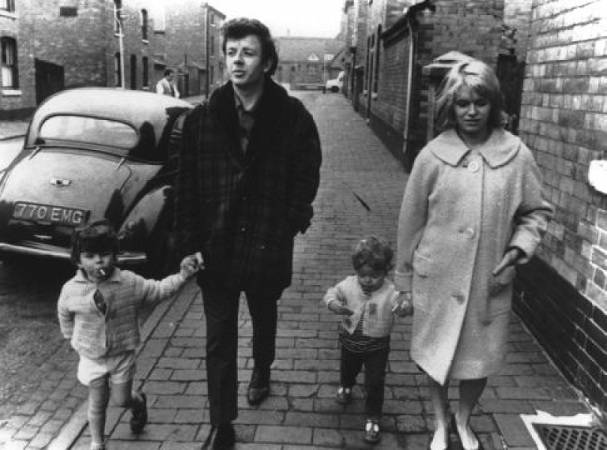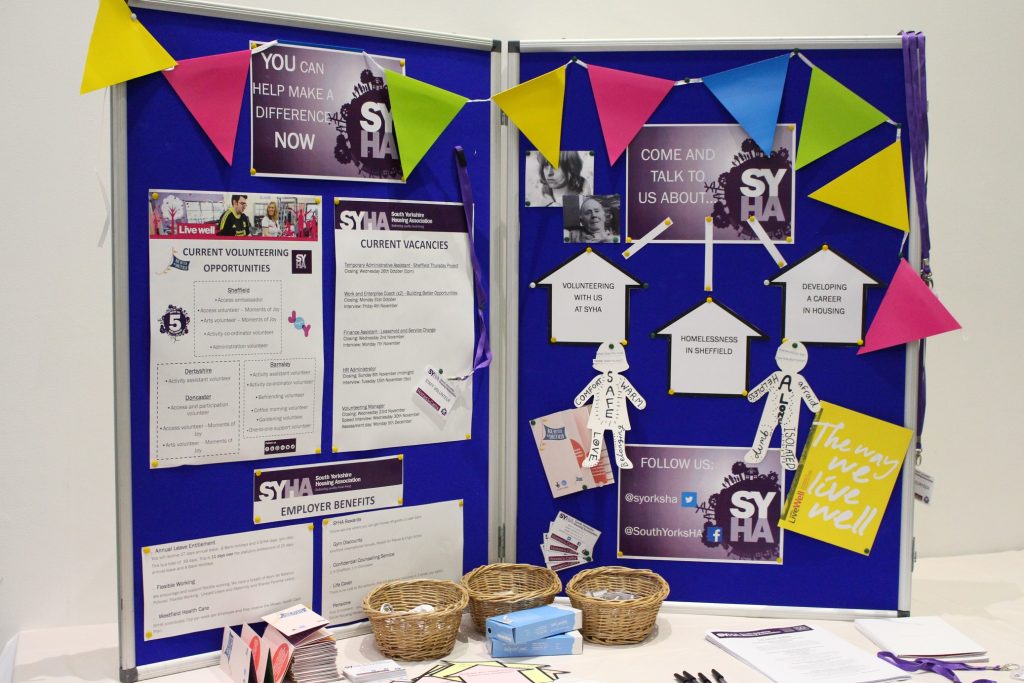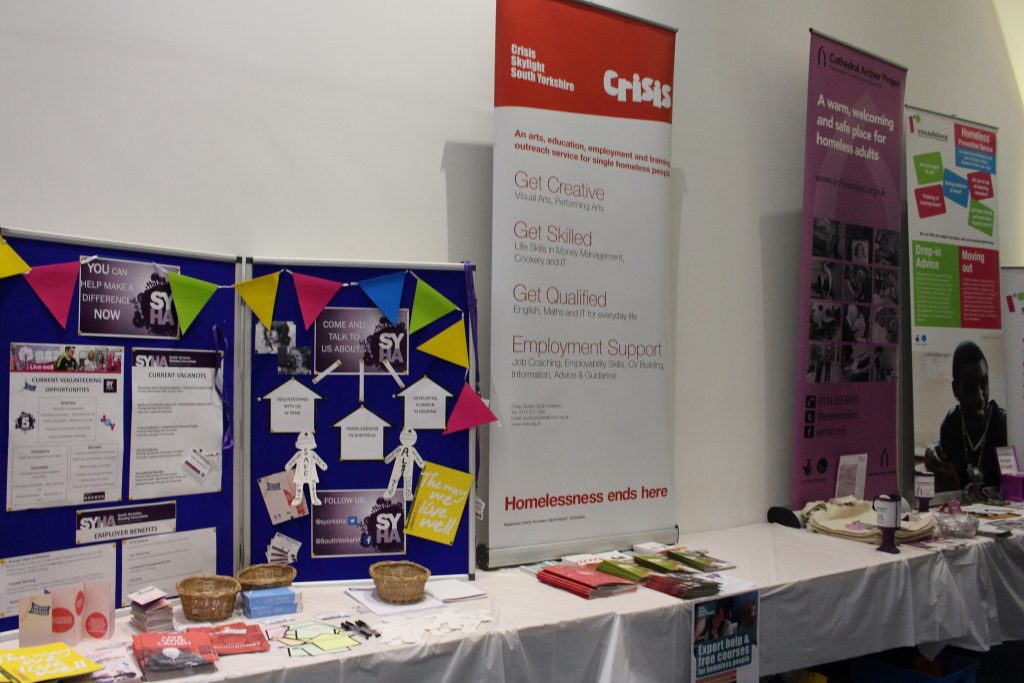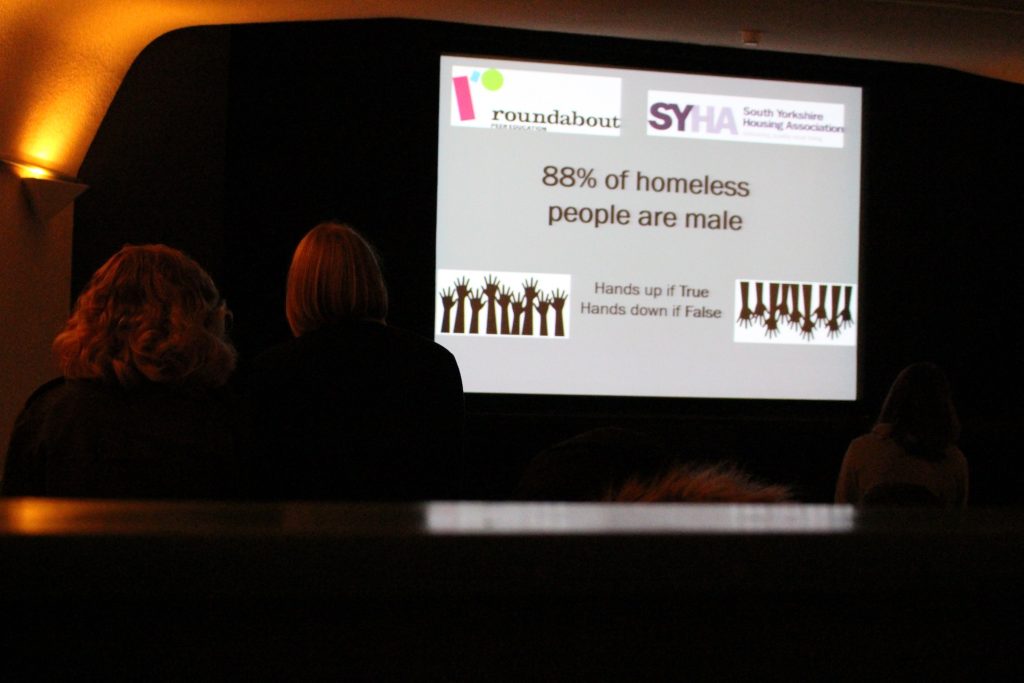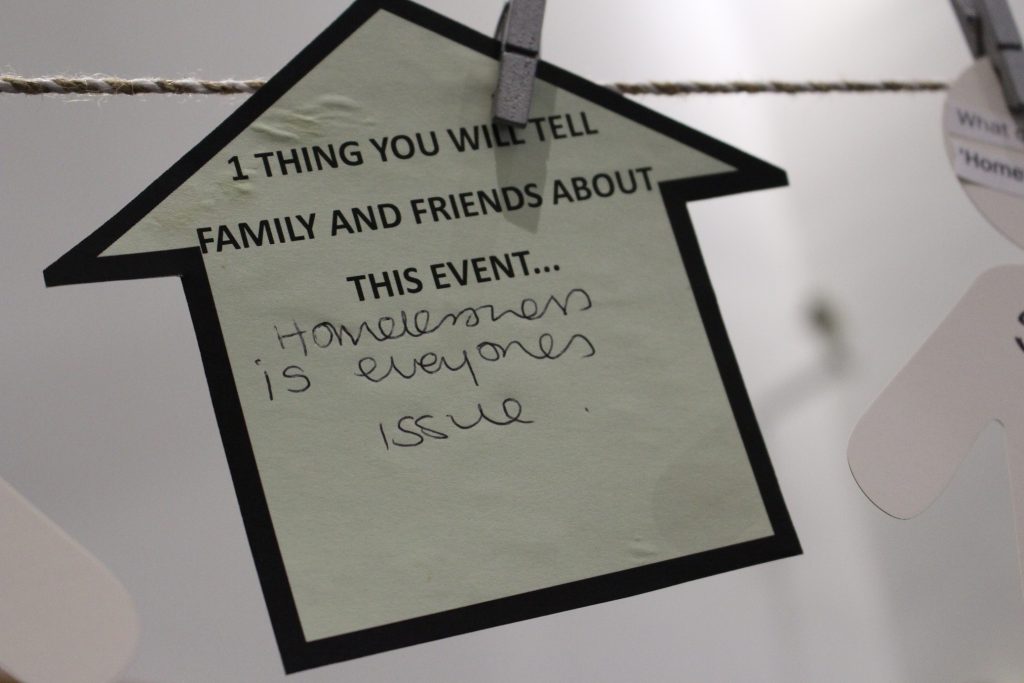I have re-read John’s report on many occasions since I started at South Yorkshire Housing Association.
What I find extraordinary about it – and why I have quoted from it repeatedly – is that, in many respects, I could simply lift and shift whole chunks into my narrative to explain our culture, strategy and purpose. There is a clear line of sight at South Yorkshire Housing Association today to the vision of the association’s founders.
History matters, and ours is rich.
John starts and finishes his account by referring to Ken Loach’s Cathy Come Home, a Wednesday Play which was broadcast by the BBC in 1966. It told the (fictional) story of a young family torn apart as a result of unemployment, debt and homelessness.
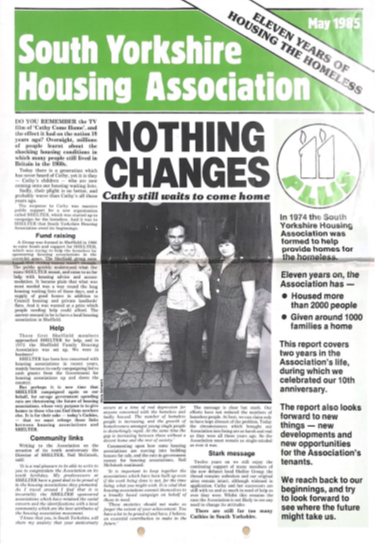
6 years ago, we hired Sheffield’s Showroom Cinema and screened Cathy Come Home to celebrate the 50th anniversary of the broadcast. At the time, I suggested to the Showroom’s Director that no other play or film had influenced British social policy as much as Cathy Come Home had. She thought for a moment and agreed. We could not think of any other work that had changed public opinion and social policy to the extent that Cathy Come Home had. On a personal note, it was as a result of watching Cathy as a ten year old that I decided I wanted to work in social housing. One of my proudest moments was meeting Ken Loach, the Director, at a screening of Cathy and telling him the impact it had had on me personally.
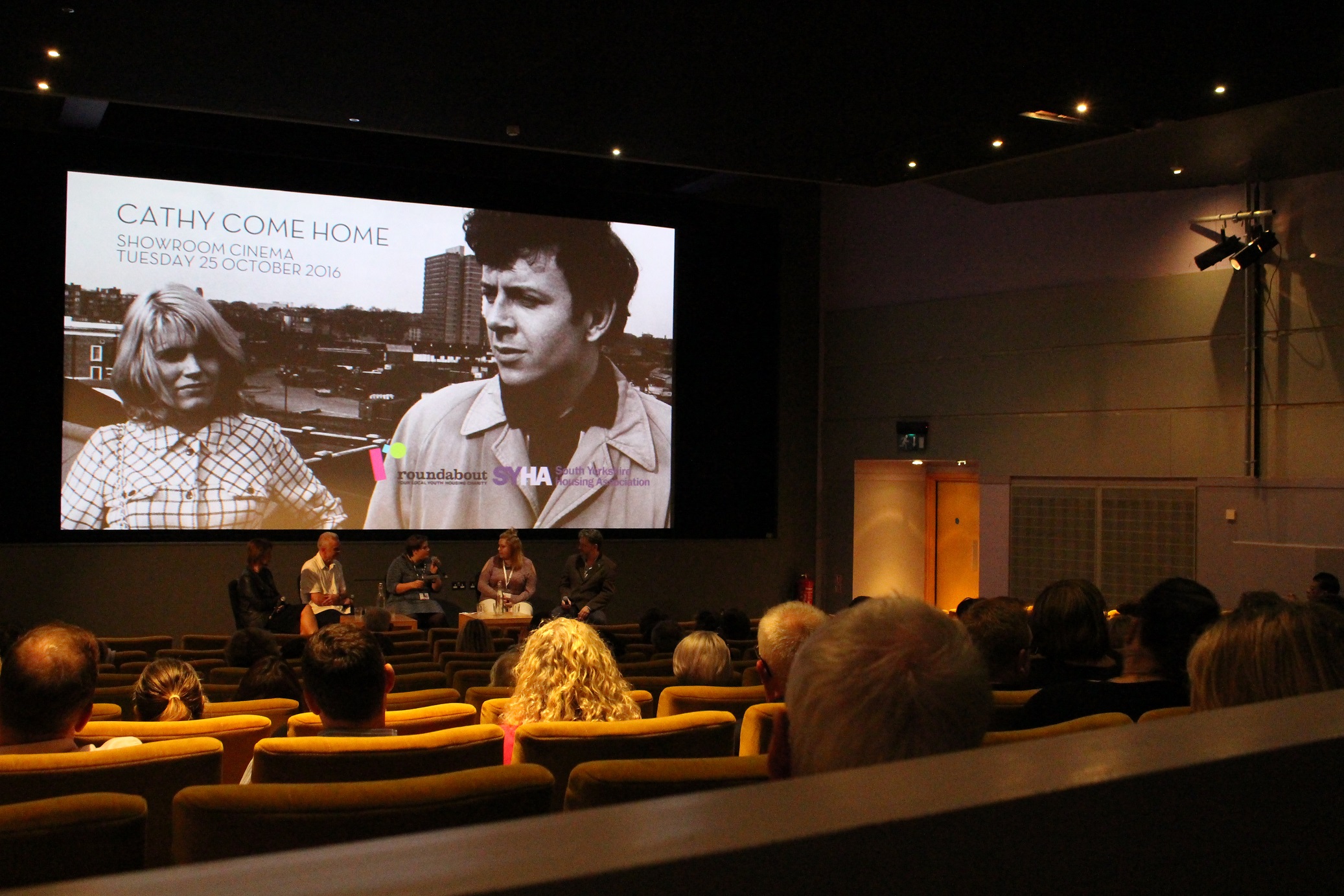
In the first paragraphs of his report, John describes how Sheffield Family Housing Association (now South Yorkshire Housing Association) was established with the support of the local Shelter group which raised £2,000 to enable the association to buy its first property. In 1992, to celebrate its 20th birthday, the Association repaid the £2,000 to Shelter.
The links continued: two days after I started as Chief Executive, I attended the AGM when the guest speaker was Chris Holmes, Shelter’s CEO. Some years later we shared our Wellington Street office with the local Shelter group, and we continue to work in partnership with them – and the local Crisis group – today. We will never stop providing services for the people who need our homes the most.
The final paragraph of John’s report reads:

This statement is true for us today. South Yorkshire Housing Association was one of the founding members of Homes for Cathy, a group set up in 2016 by associations established at the time Cathy Come Home was shown and Shelter was set up.
The purpose of the group was both to celebrate the progress which social housing organisations have made over the 50 years since Cathy was first shown, but also to shine a light on the continuing problems of homelessness in Britain. We were joined in this collaboration by Crisis. Our joint aim is to ensure that tackling homelessness rises back up the agenda for housing associations.
Part of our work with Homes for Cathy saw us bringing a production by the wonderful Cardboard Citizens theatre company to Sheffield’s Crucible Theatre. We were delighted to collaborate with them to present the Cardboard Citizens’ version of Cathy Come Home on three consecutive nights. All of them sold out, and the performances were greeted with standing ovations.

“Have there been any people (fictional or real) who have had as significant an impact on you as Cathy? How has their story stayed with you or shaped your career?”
I want to pick two people. My first is Lord Bob Kerslake. He epitomises for me what selfless leadership is all about. As well as being one of those people born with two brains – which is always useful – he is a brilliant role model and has time for everyone. My second is SYHA’s former lead on race, Nisa Chisipochinyi. I learnt so much from her about unconscious bias and white privilege. Together with her Director, Juliann Hall, they have transformed South Yorkshire Housing Association’s work on race.
Next section – place

